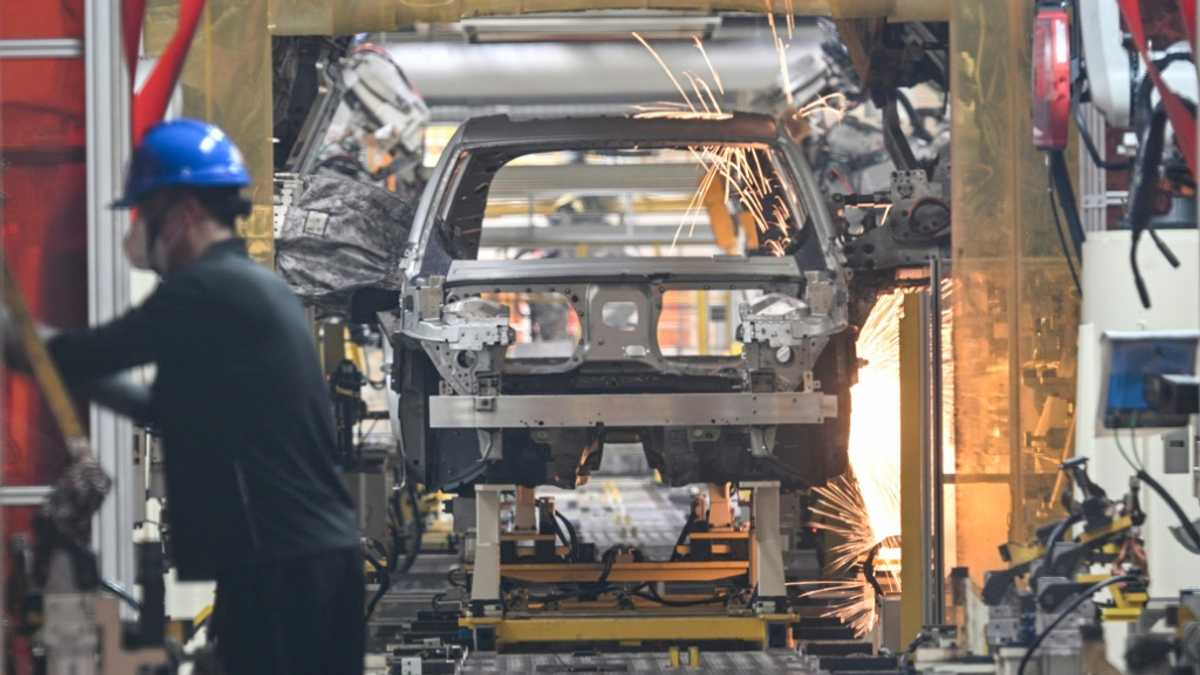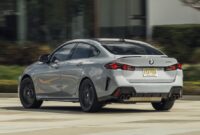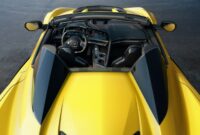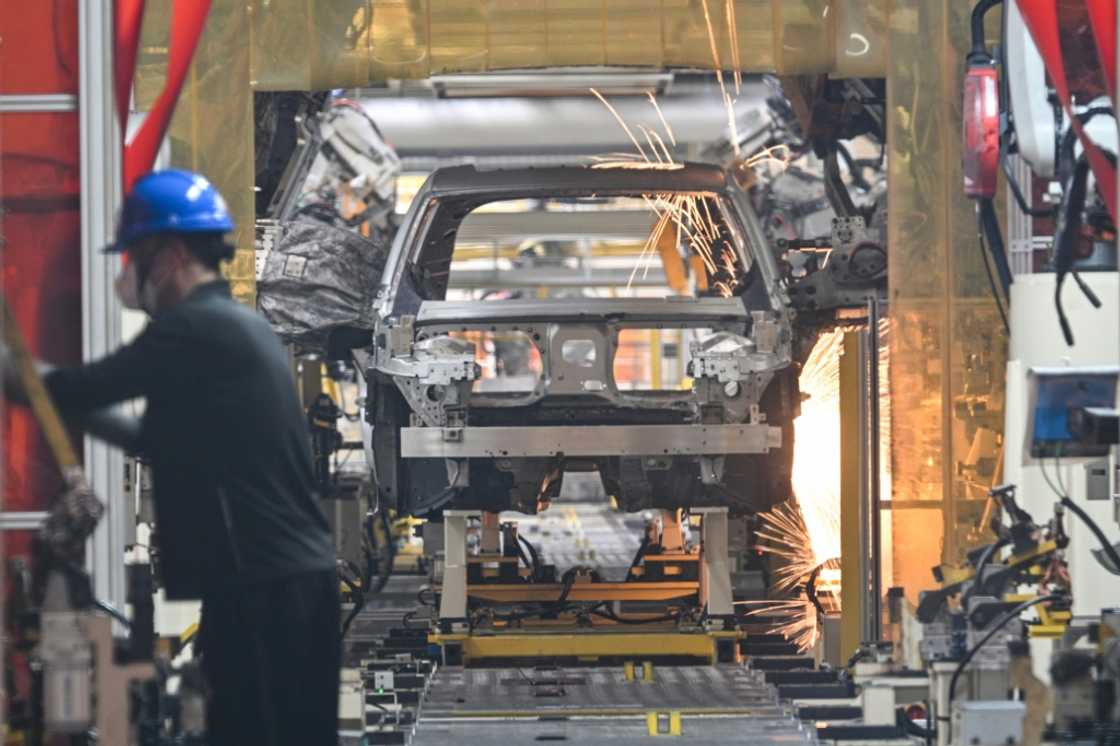
During smooth coordination, numerous robotic arms lifted metallic components and fused them onto vehicle chassis, causing car frames to progressively form and move along an automated assembly line close to the eastern Chinese city of Ningbo.
Throughout the nation, automobile models emerging from production lines such as this one have transitioned from idea to market at unprecedented speeds—referred to within the sector as “China Speed,” which garners admiration from international rivals.
In Zeekr’s expansive factory in Ningbo, sophisticated robotics and AI are utilized throughout each step of production to significantly reduce both time and costs.
In the casting shop, a robotic arm that towered over the human foremen supervising it picked up a freshly made piece of aluminium and dunked it into a vat of water, sending steam hissing out, before passing the metal to another machine to cut and press it.
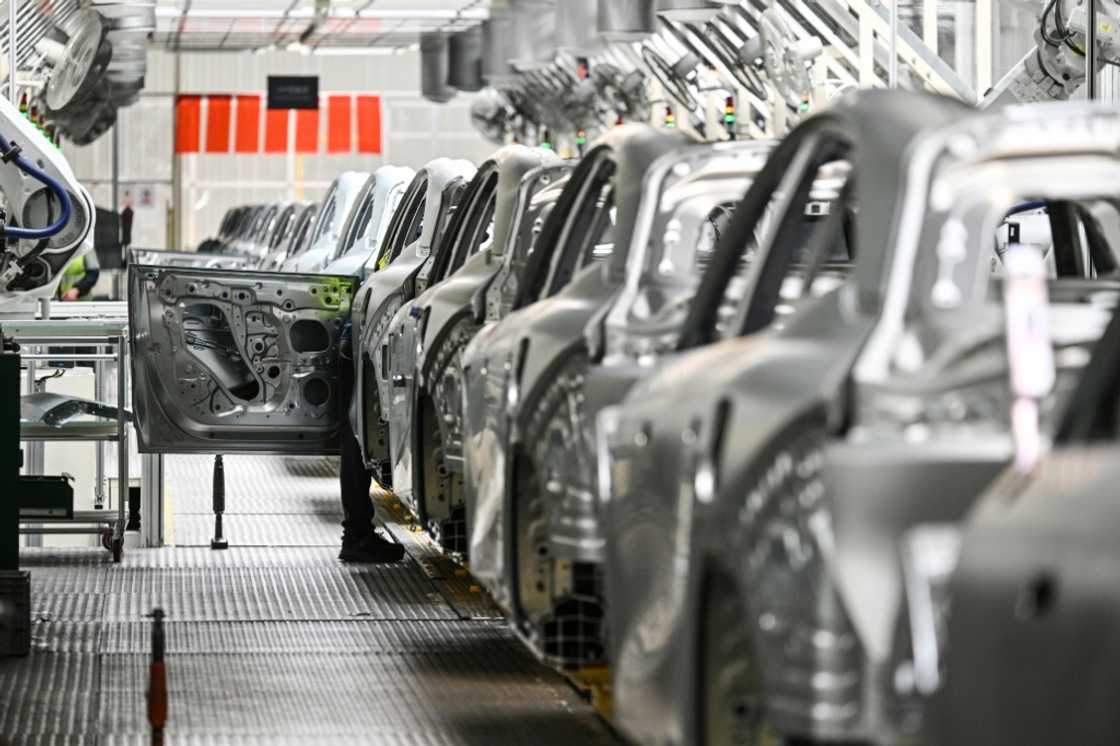
Approximately 2,500 employees continue to work at the factory for performing intricate tasks and ensuring quality control.
However, much of the hard work is carried out by numerous diligent robots, with certain operations running around the clock.
It’s not only the manufacturing sector that has seen this acceleration.
Zeekr boasts a research and development facility in Sweden, facilitating workload distribution across different time zones. The company’s parent entity, Geely, additionally holds ownership of the Swedish car manufacturer Volvo.
In the automobile lot of the factory, numerous shining Zeekr 7X SUVs without license plates were lined up, awaiting shipment to various dealerships.
A slogan over the entrance hall declared, ‘The future is our past.’
‘Make-or-break moment’
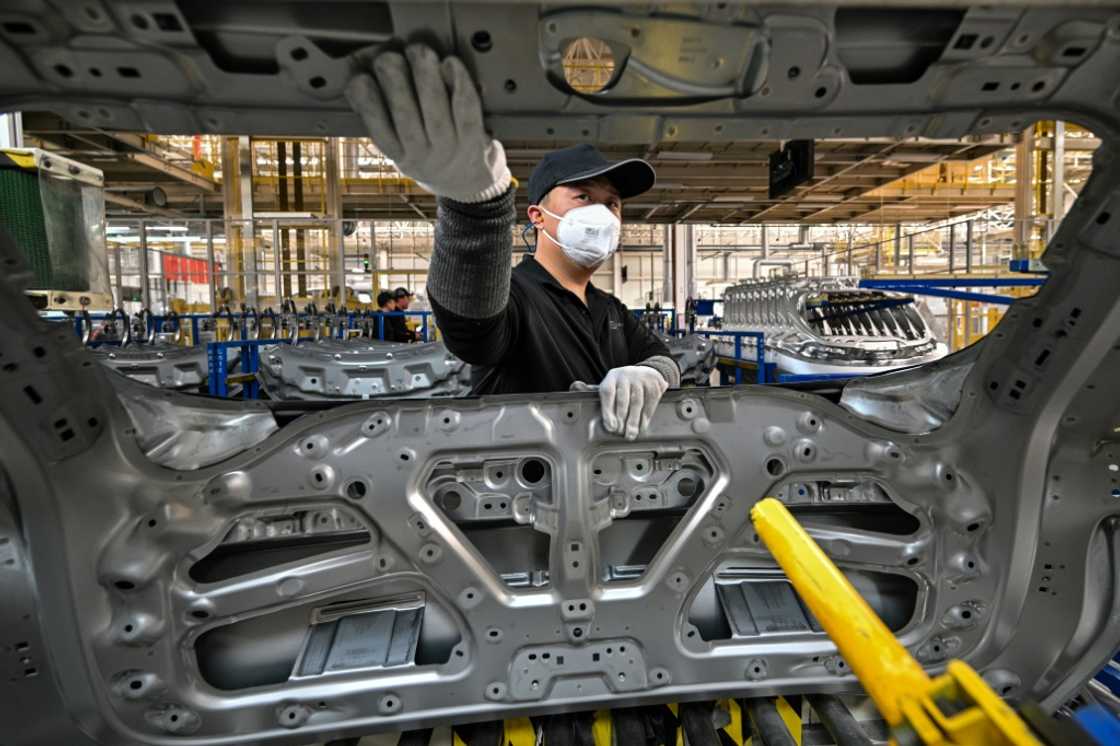
Factories and companies like this have set a new pace in the industry.
“We are at a make-or-break moment for established global automakers,” a recent report by consulting firm Bain & Company said.
En route to the factory, AFP saw lorries carrying brand new Zeekr cars headed to Ningbo’s huge port, bound for export to places like Australia.
According to the Bain report, leading Chinese manufacturers invest less than one-third of what their conventional rivals do in developing new vehicles.
Whereas traditional automobile manufacturers typically require 48 to 54 months to introduce new models, emerging brands tend to accomplish this within 24 to 30 months, the report noted.
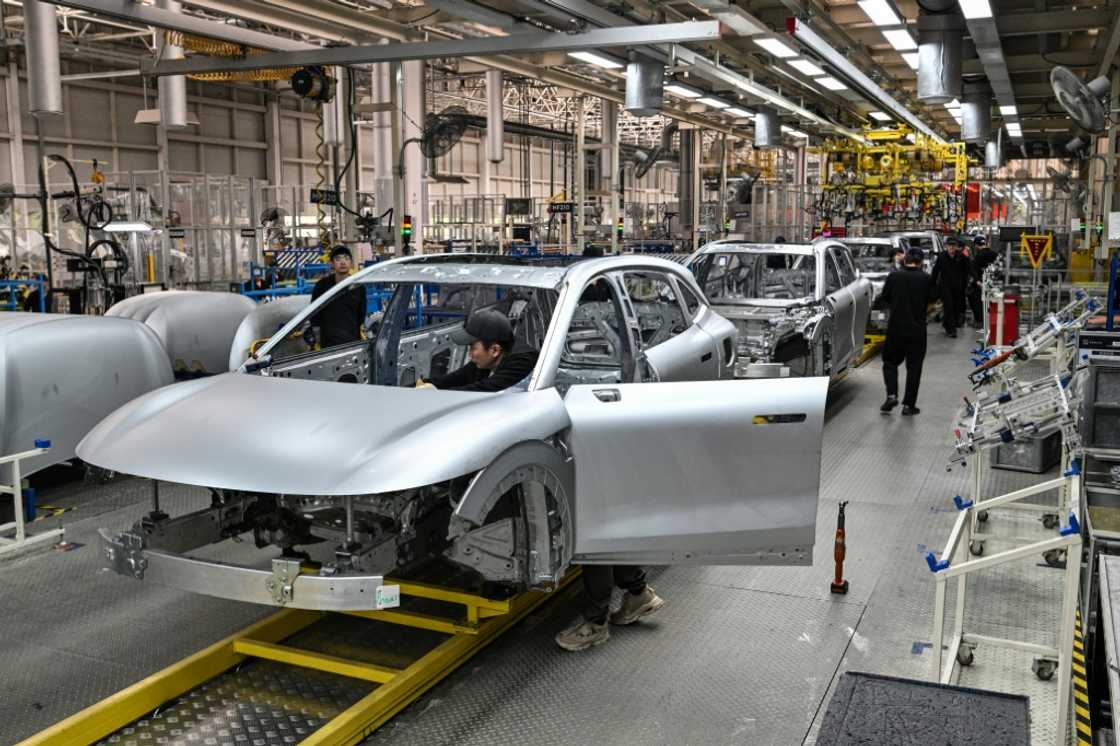
Some of Zeekr’s models only took 15 months to develop, a spokesman told AFP.
The results are clear in the sheer choice available to consumers: There are currently 2,755 models on offer from 163 brands in the Chinese market, authorities say.
During the opening of the auto show in Shanghai on Wednesday, over 100 new car models made their debut.
The crowd included not only Chinese companies such as Zeekr, BYD, and Chery, but also international competitors stepping on the accelerator to close the gap.
At the exhibition, Volkswagen and Nissan unveiled numerous new models that were developed specifically “for China by China,” with company leaders emphasizing their ability to keep up with what’s known as “China Speed.”
The pace has increased due to the transition to electric vehicles, eliminating the complicated internal combustion engine.
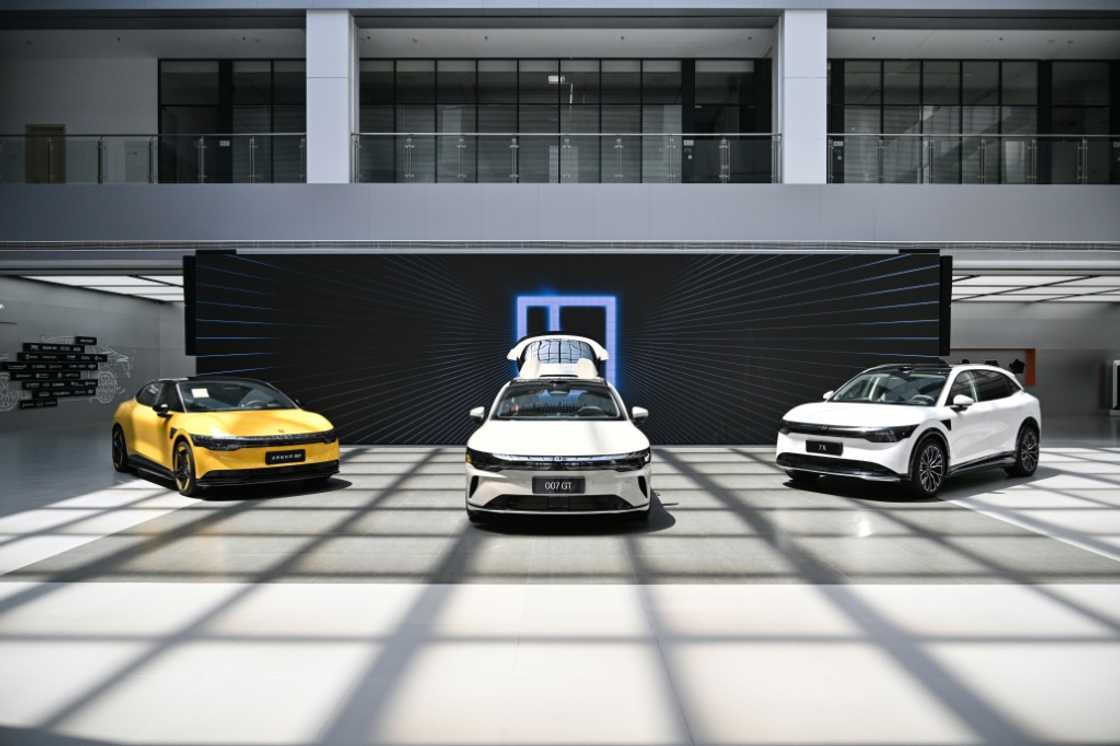
Mikael Le Mouellic, a BCG consultant, explained to AFP that the process begins with virtual design of the car, minimizing the number of prototypes created to allow for rapid progression.
Design and engineering will collaborate closely, and frequently “replicate formulas that prove effective,” he mentioned additionally.
For instance, Zeekr’s “Sustainable Experience Architecture” could serve as the foundation for vehicles ranging from A-class to E-class models, thereby cutting down both time and costs.
From three years down to nine months
International providers have likewise needed to adjust.
As stated by Michael Fischer, the leader of French auto components supplier Forvia, businesses typically required as long as three years to develop something like a new headlight.
He stated, ‘That isn’t effective in China.’
Currently, we have a system that will ensure high organization, guaranteeing quality, yet capable of producing a new headlight in just around nine months.
In Valeo’s facility located just north of Shanghai in Changshu, four sizable robotic units were tasked with assembling LED headlights for Zeekr as well as various other labels.
We don’t operate around the clock,” chuckled Gu Jianmin, Valeo’s innovation manager in China, “but we leverage current technologies and collaborate closely with automotive manufacturers at the initial stages of development.
Tests for development and durability that would typically take months are expedited with the help of artificial intelligence and other technologies.
“Asian producers are setting higher standards. However, international companies are striving to close the gap,” stated Gu.
To make your mark in China, you need to be on par with the local people.

